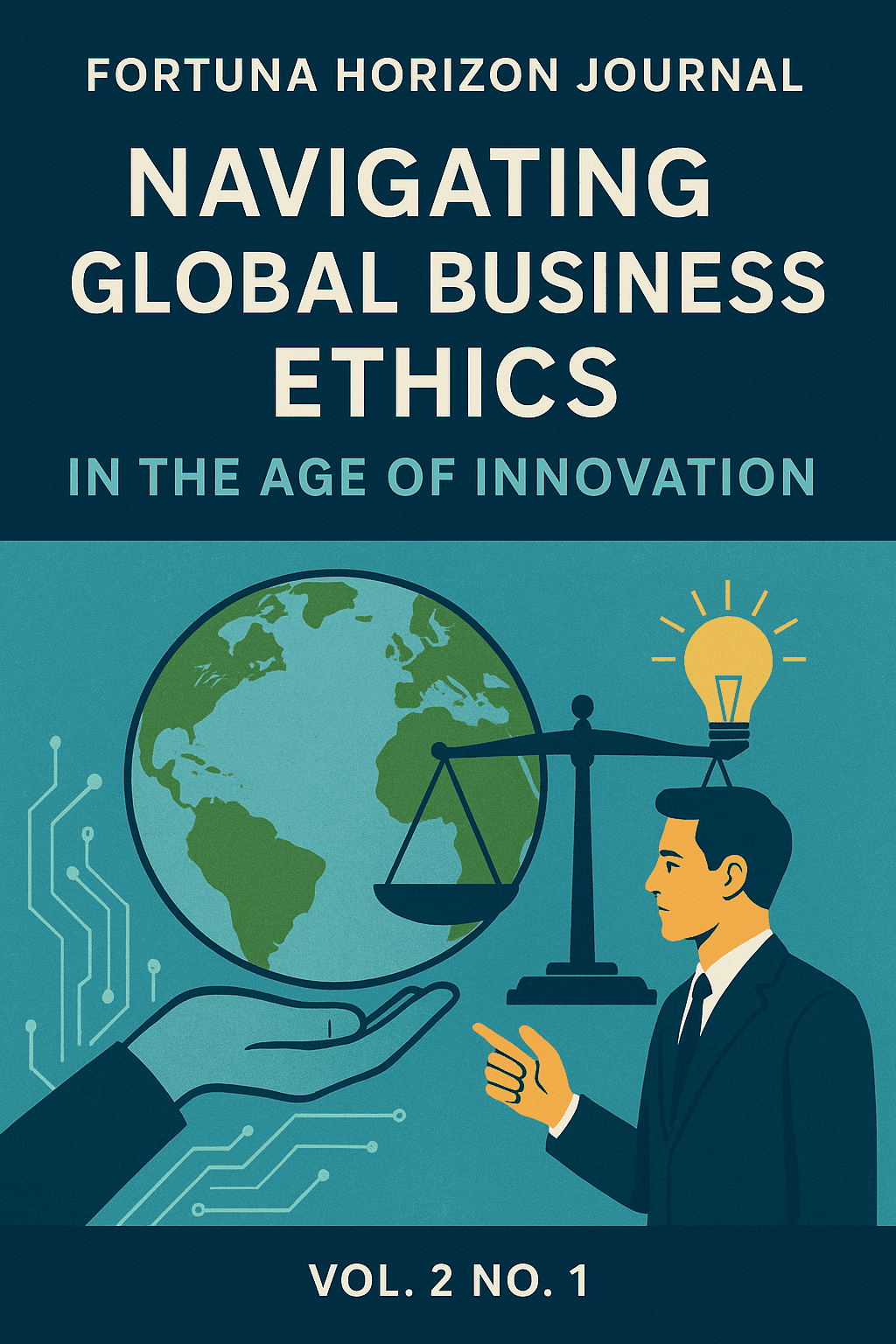Published 2025-08-31
Keywords
- Online loans,
- Online gambling,
- Purchasing power,
- Microeconomics,
- Financial literacy.
Copyright (c) 2025 Farid Alhuda, Eka Wirajuang Daurrohmah, I Made Laut Mertha Jaya (Author)

This work is licensed under a Creative Commons Attribution 4.0 International License.
Abstract
The decline in Indonesian purchasing power over the past five years has been influenced not only by external factors such as the COVID-19 pandemic and global inflation, but also by the dynamics of digital consumption behavior, particularly the rise of online loans (pinjol) and online gambling. This phenomenon is increasingly worrying because it reaches the productive age group, which plays a crucial role in national economic growth. This study aims to examine the microeconomic impact of pinjol and online gambling on public purchasing power using a qualitative, descriptive, documentation-based approach. The data analyzed includes publications from the Financial Services Authority (OJK), the Ministry of Communication and Information Technology (Kominfo), the Statistics Indonesia (BPS), Bank Indonesia, as well as various scientific journals and official reports. The findings indicate that the public's purchasing power index has declined significantly since 2021, in line with the increasing intensity of pinjol use and access to digital gambling. Blocked online gambling content increased sharply in 2023, indicating high public exposure to unproductive consumer practices. Similarly, the surge in the number of illegal pinjol indicates that the public remains vulnerable to the trap of high-interest consumer debt. The economic impact of these two phenomena is reflected in reduced allocations for household productive spending and increased dependence on external financing. This study recommends improving financial literacy, stricter digital regulations, and cross-institutional collaboration in monitoring and enforcement. The implications of this research are highly relevant for promoting consumer protection and microeconomic resilience policies, as well as providing new directions for interdisciplinary research in the fields of digital economics and technology.
Downloads
References
- Asyik, N. F., Wahidahwati, W., & Laily, N. (2022). The Role Of Intellectual Capital In Intervening Financial Behavior and Financial Literacy on Financial Inclusion. Wseas Transactions on Business and Economics, 19, 805–814. https://doi.org/10.37394/23207.2022.19.70
- Bank Indonesia. (2023). Indonesian Economic Report. Jakarta: Bank Indonesia.
- Central Bureau of Statistics. (2022). Indonesian Household Financial Statistics 2022. Jakarta: BPS.
- Financial Services Authority. (2023). Financial Services Authority Annual Report: Fintech and Consumer Protection. Jakarta: OJK.
- Iskandar, D., & Amelia, T. (2021). The Influence of Online Loans on Student Consumptive Behavior in Jakarta. Journal of Accounting and Digital Economics, 4(1), 45–57.
- Lestari, M. (2022). Analysis of the Use of Online Loan Funds among Gen Z. Journal of Microfinance, 3(1), 23–35.
- Maulana, A. (2021). Correlation of Consumer Debt with Consumer Purchasing Power during the Pandemic. Journal of Islamic Accounting, 9(1), 12–25.
- Ministry of Communication and Information Technology. (2023). Statistics on Handling of Online Gambling Content in Indonesia. Jakarta: Ministry of Communication and Information Technology. Accessed from: https://www.kominfo.go.id
- National Commission on Violence Against Women. (2022). The Impact of Online Loans and Gambling on Women and Families. Jakarta: National Commission on Violence Against Women.
- Siregar, RA (2023). The Impact of Online Gambling on Household Economic Resilience in Medan. Indonesian Journal of Socioeconomics, 6(2), 101–115.
- Sumodiharjo, K., Laut, I. M., Jaya, M., & Asia, U. M. (2025). Unmasking Ponzi Schemes and Money Games in Multi-Level Marketing (MLM) (Case Studies in Indonesia). WSEAS Transactions on Business and Economics, 22, 598–607. https://doi.org/10.37394/23207.2025.22.53
- Yuliana, E. (2023). Loans and Economic Inequality in Urban Communities. Journal of Economics and Business, 5(3), 88–100.

